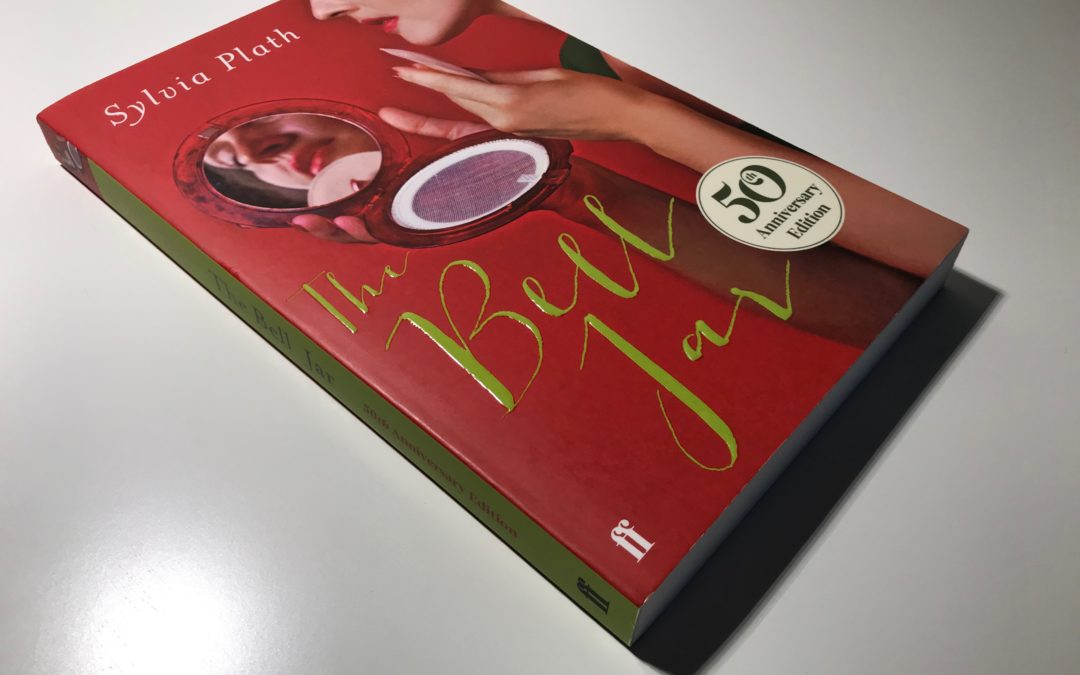Sylvia Plath’s semi-autobiographical „The Bell Jar“, first published under the pseudonym Victoria Lucas, has become one of the most insightful 20th-century novels with regard to white women’s struggles in supposedly privileged positions and mental health issues. It is the debut novel of the US-American author Sylvia Plath and at the same time the only novel she has written.
It is the year 1953 and 19-year-old Esther Greenwood goes to New York for a month as a trainee for a fashion magazine. The overwhelmingly big and impressive city is too much for the young woman who slowly slips into a depression that she even struggles with after having returned to her parents‘ house in the suburbs of Boston. The book ruthlessly records in detail Esther’s existential crisis from the first person perspective.
In many features, Sylvia Plath’s novel is distinctively autobiographical. There is a number of references to the life of Sylvia Plath in the descriptions of Esther Greenwood: Not only has she also done an internship in New York, but also the descriptions of the father of the character in the novel resemble Plath’s father and the slide into depression and the attempt of therapy can also be found in her biography.
Plath’s descriptions are relentless, she does not mince matters and, in very clear words, describes Esther’s downward spiral and her feelings. I effortlessly succeeded in following Esther into her personal abyss. In part, the images that the author draws were so strong that I had to put the book aside a few times. At the same time, I was so captivated that I read it at an unbelievable pace. The imagery is quite powerful in some instances, the most remarkable one, in my opinion, being the one in which Esther compares her life to a fig tree.

Picture source: https://www.zenpencils.com/comic/130-sylvia-plath-the-fig-tree/
In my opinion, this beautifully illustrated comic successfully conveys how Elisabeth is overwhelmed by all the choices she has to make and the many options she has, none of which seem to make her happy, which is probably the reason why she fails to settle on a path she wants to take for her future. The reader does not find out whether Esther Greenwood manages to escape the grip of depression. The end of the novel is written so cleverly that many possibilities remain open. After reading the first ten pages, it was already clear for me that this book is exceptional in that it sheds light on the struggles of a woman that lives in a society that demands that she be perfect in every possible way. For me, this novel is an impressive example of what it’s like to be on the edge of a precipice as a woman.
Plath, Sylvia (2013, 50th-anniversary edition): The Bell Jar. London: Faber & Faber.



